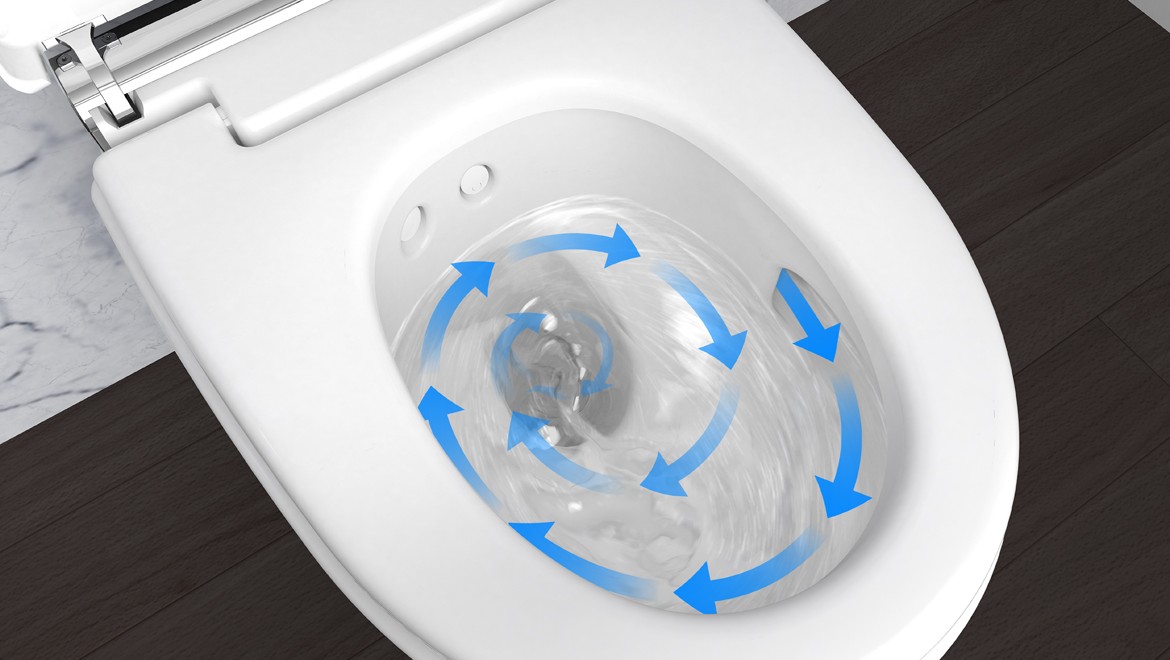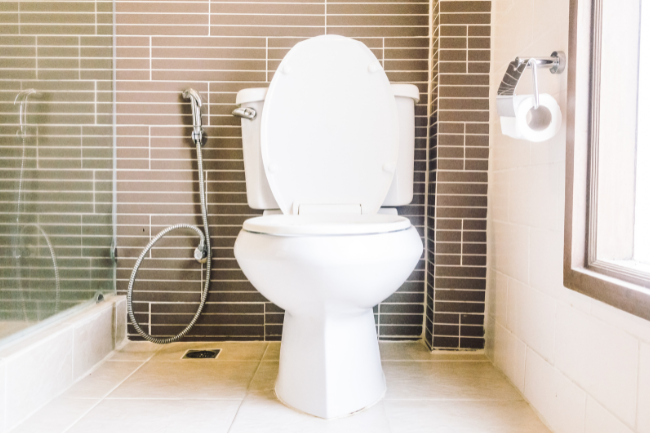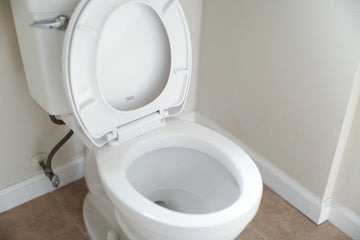In today's world, where environmental responsibility is crucial, making your bathroom eco-friendly is not just a trend but a necessity. The best eco-friendly bathroom upgrades can significantly reduce your carbon footprint while also saving you money in the long run. As industry QA professionals, understanding the impact of bathroom renovations on sustainability can sharpen your insights and decisions. Let's explore the top upgrades that can turn your bathroom into a green haven.

Why Choose Eco-Friendly Bathroom Upgrades?
Choosing eco-friendly bathroom upgrades is not just about conserving water or energy; it's about contributing to a sustainable future. These upgrades can reduce your utility bills, improve water efficiency, and create a healthier living environment. As an industry QA professional, evaluating the effectiveness of these upgrades in a practical setting can provide valuable insights into product performance and customer satisfaction.
Top Eco-Friendly Upgrades to Consider
1. Water-Saving Toilets
Installing a water-saving toilet is one of the smartest investments for an eco-friendly bathroom. These toilets use significantly less water per flush, conserving water and reducing bills. For more insights on water efficiency ratings, you can check out this guide on toilet water efficiency ratings.
According to the EPA's WaterSense program, high-efficiency toilets can save up to 13,000 gallons of water per year for a family of four. For a deeper dive into how these toilets work, you might find this article on dual flush toilets enlightening.
2. Low-Flow Showerheads
Low-flow showerheads are designed to reduce water usage while maintaining water pressure. These devices can cut water consumption by up to 60%, making them an excellent choice for sustainability. They are easy to install and come in various styles to suit different preferences.
3. Sustainable Flooring
When considering eco-friendly bathroom upgrades, don't overlook flooring. Bamboo and cork are excellent options because they are renewable resources and provide natural resistance to moisture and mold. These materials add a touch of elegance while promoting sustainability.
4. Energy-Efficient Lighting
Switching to LED lighting in your bathroom can significantly reduce energy consumption. LEDs use up to 75% less energy than traditional incandescent bulbs and last much longer. This upgrade not only supports the environment but also enhances the ambiance of your bathroom with modern, efficient lighting solutions.
5. Smart Faucets
Smart faucets equipped with motion sensors can limit water usage by automatically turning off the flow when not in use. This technology is particularly beneficial in homes with children who might forget to turn off the tap. For more smart home integration ideas, visit this page on integrating smart toilets.
Additional Tips for a Greener Bathroom
Beyond these upgrades, other simple changes can make a big difference. Consider using natural cleaning products to reduce chemical runoff and opting for recycled or biodegradable materials for your bathroom accessories. Each small step towards sustainability contributes to a healthier planet.
For more comprehensive tips on conserving water at home, visit this helpful blog post on water conservation.
Conclusion
Embracing the best eco-friendly bathroom upgrades is a step towards creating a sustainable environment that benefits both the planet and your wallet. By investing in water-efficient toilets, low-flow showerheads, sustainable flooring, energy-efficient lighting, and smart faucets, you can significantly reduce your environmental impact. As industry QA professionals, staying informed about these advancements not only enhances your expertise but also empowers you to make informed decisions that support sustainability.
For more information on cost-effective water-saving solutions, you can explore this comprehensive guide.

FAQ
1. What are the most effective water-saving devices for bathrooms?
Water-saving toilets and low-flow showerheads are among the most effective devices. They significantly reduce water usage without compromising performance.
2. How do energy-efficient light bulbs contribute to sustainability?
Energy-efficient bulbs, such as LEDs, use less energy and last longer than traditional bulbs, reducing electricity consumption and waste.
3. Are eco-friendly bathroom upgrades expensive?
While initial costs may be higher, eco-friendly upgrades often lead to long-term savings on utility bills, making them cost-effective over time.






